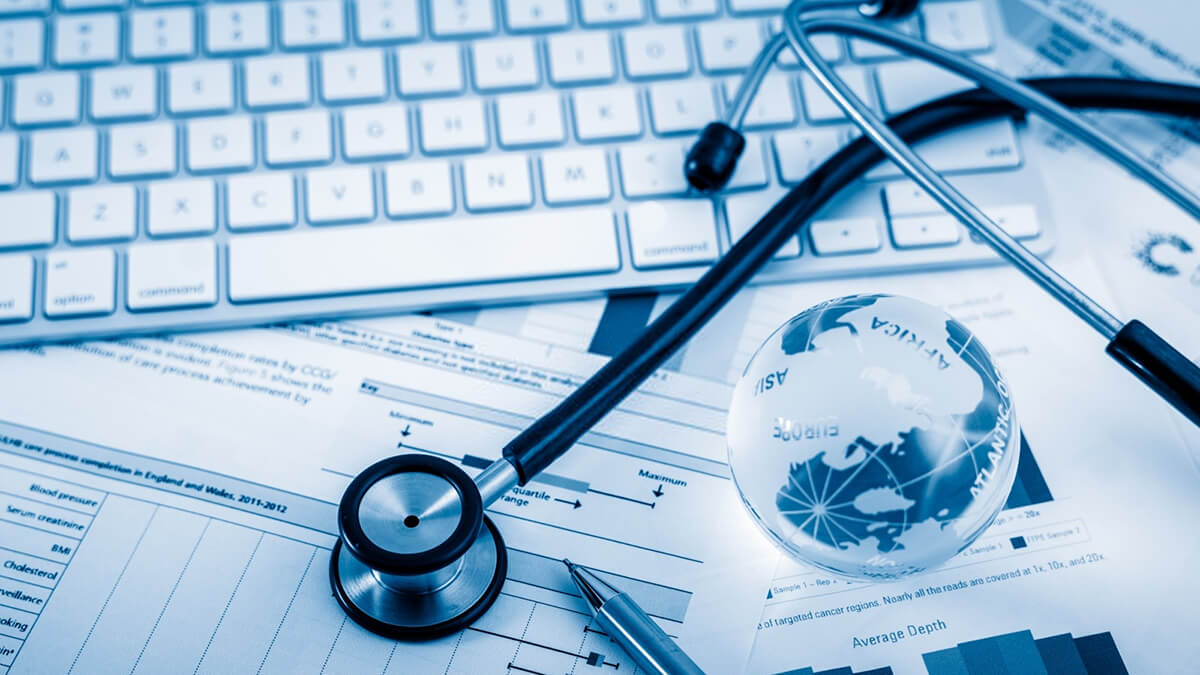Comprehending the Trick Functions and Responsibilities in Medical Administration
Comprehending the Trick Functions and Responsibilities in Medical Administration
Blog Article
Finest Practices in Medical Administration for Improving Efficiency and Reducing Prices
In the ever-evolving landscape of healthcare, the search of ideal practices in clinical administration is paramount for boosting effectiveness and curbing expenditures. By incorporating sophisticated innovations such as electronic wellness records and telemedicine, doctor can improve procedures and boost individual care. Nonetheless, innovation alone is not a panacea; maximizing resource appropriation and fostering collaborative interaction among treatment teams are just as critical (medical administration). As organizations make every effort to balance top quality and price, what methods should be prioritized to accomplish these dual goals? The responses to these inquiries hold the secret to an extra sustainable health care system.
Leveraging Advanced Modern Technology
In today's rapidly advancing healthcare landscape, leveraging advanced innovation is no much longer optional yet vital for effective clinical management. The assimilation of electronic solutions into health care systems has actually changed the way facilities operate, streamlining processes and improving person care. Electronic Health Records (EHRs) are critical, supplying thorough patient data that can be accessed instantaneously by authorized employees, hence lowering redundancy and minimizing errors. By centralizing client information, EHRs eliminate the requirement for difficult documentation and promote smooth communication among doctor.
Telemedicine is one more technical innovation that has actually reinvented client communication. It uses benefit for both people and medical care specialists by making it possible for remote examinations, which can decrease the demand for in-person sees and optimize visit scheduling. In addition, telehealth platforms can prolong healthcare accessibility to country or underserved areas, linking gaps in treatment delivery.
In addition, using Expert system (AI) and maker learning is ending up being increasingly prevalent in anticipating analytics, permitting early discovery of potential health and wellness concerns and more educated decision-making. These modern technologies, when integrated successfully, can boost diagnostic accuracy and customize client therapy strategies, ultimately resulting in improved medical care outcomes and operational effectiveness.
Optimizing Source Allowance
Effective source allocation is critical for maximizing the efficiency of medical management. By strategically handling resources such as employees, equipment, and finances, healthcare centers can considerably improve their functional performance, enhance person outcomes, and minimize unneeded expenses. The first step in maximizing resource allowance involves carrying out a comprehensive assessment of existing possessions and determining locations where sources may be underutilized or overextended. This analysis ought to be data-driven, making use of metrics and analytics to educate decision-making processes.
Prioritizing source allotment based on individual requirements and solution needs is crucial. Carrying out versatile staffing designs can likewise enhance labor resources by readjusting personnel allocation in response to varying individual quantities.
Economic resources must be meticulously kept track of and allocated with tactical foresight to support both temporary operational requirements and lasting institutional objectives. This consists of investing in training programs that enhance staff expertises and taking on energy-efficient methods that decrease operational prices (medical administration). Inevitably, an enhanced resource allocation method promotes a sustainable healthcare environment that is responsive, reliable, and monetarily sensible
Streamlining Workflow Procedures
When health care centers goal to improve functional performance, streamlining operations procedures becomes a pivotal focus. Reliable operations reduce redundancy, eliminate unnecessary actions, and improve sychronisation amongst health care specialists. This technique not just speeds up service shipment but also boosts the high quality of person treatment.

Following, technology assimilation plays a significant duty in enhancing process. Implementing electronic health records (EHRs) and computerized physician order entrance (CPOE) systems lowers documentation, minimizes human mistake, and makes sure info comes to all pertinent personnel. Furthermore, leveraging telemedicine systems can simplify client examinations and follow-ups, decreasing the pressure on physical facilities.

Ultimately, structured process bring about set you back decreases and improved individual contentment, promoting an extra lasting healthcare environment.
Enhancing Data Management
Structure upon streamlined process, enhancing information monitoring comes to be a vital component ahead of time health care administration. Reliable data management systems are crucial for keeping accurate individual documents, improving decision-making, and guaranteeing compliance with regulative requirements. By carrying out robust data administration solutions, healthcare centers can enhance the top quality of client treatment while all at once decreasing functional costs.
One trick element of boosting data administration is the integration of sophisticated electronic wellness document (EHR) systems. These systems promote the seamless exchange of person information throughout various departments, reducing duplication of tests and reducing mistakes. A properly designed EHR system supports data analytics, enabling doctor to recognize fads and make notified decisions regarding client treatment.
Moreover, protecting individual information is critical. Embracing extensive cybersecurity procedures, including security and normal audits, makes certain the honesty and discretion of delicate information. This not only safeguards clients yet likewise maintains link the institution's reputation.
Spending in team training is another important element. Educating healthcare specialists on data administration practices enhances their capability to effectively use modern technology, bring about improved person end results. To conclude, enhancing data administration with advanced modern technology and comprehensive training is crucial for accomplishing efficiency and expense reduction in medical administration.
Fostering Collaborative Interaction
A vital part in advancing medical administration is cultivating collective interaction among health care experts. Effective communication is extremely important for making sure smooth person care, enhancing therapy outcomes, and lessening errors. By motivating open dialogue and coordination throughout multidisciplinary groups, health care organizations can boost their operational performance and click this link decrease unneeded prices.
Central to this method is the combination of communication modern technologies such as electronic health and wellness records (EHRs) and safe and secure messaging platforms, which assist in the fast exchange of vital individual info. These tools make it possible for doctor to gain access to and share information in genuine time, ensuring that all staff member are informed and straightened in their decision-making processes. Routine team conferences and interdisciplinary rounds can better advertise a culture of partnership and accountability.
Educating programs focused on improving communication skills are likewise essential. These programs can aid staff establish the capacity to share info plainly and pay attention proactively, hence decreasing misunderstandings and cultivating a supportive workplace. Furthermore, embracing standard interaction methods, such as SBAR (Scenario, Background, Analysis, Suggestion), can streamline the exchange of information, ensuring that critical details are conveyed succinctly and efficiently. Eventually, fostering collective interaction causes improved medical care distribution and cost financial savings (medical administration).

Final Thought
Including advanced innovation, such as digital health records and telemedicine, alongside enhanced source allocation and structured workflow processes, is important for improving effectiveness in medical management. Efficient information monitoring and fostering joint interaction amongst health care groups are essential for lessening redundancies and improving care quality. By prioritizing precautionary care and involving in quality enhancement efforts, medical care organizations can attain substantial expense financial savings and boosted individual outcomes, thus making certain sustainable healthcare distribution in a significantly complicated setting.
Report this page